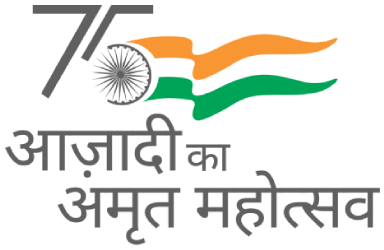Shailendra Bahadur Kunwar1, Binaya Kumar Mishra2, Shankar Lamichhane3
1School of Engineering, Faculty of Science and Technology,
Pokhara University, Pokhara-30, Kaski, Nepal
Corresponding author Email: kunwarrajshailendra@gmail.com
Received on: May 25, 2023
Revised on: August 26 2023
Accepted on: August 31, 2023
ABSTRACT
Climate change poses substantial challenges for the development of hydropower. In this country, there are numerous perennial rivers that are unused. Understanding past, present, and future changes in temperature and precipitation will help to adapt to climate change. Using the RCP4.5 and RCP8.5 scenarios, this study investigates how rainfall, maximum temperature, and minimum temperature have been impacted by climate change in the Seti Gandaki River, Nepal. The Soil and Water Assessment Tool (SWAT) was set up for this study with a calibration period from 2009 to 2015 and a validation period from 2015 to 2018, both with a 3-year warm-up period. Temperature and precipitation projections for the future were obtained from the Canadian Earth System Model Version 2 (CanESM2). Using the Statistical Downscaling Model (SDSM), large-scale atmospheric variables from the National Centre for Environmental Prediction/National Centre for Atmospheric Research reanalysis (NCEP/NCAR) datasets were downscaled for several emission scenarios. Two distinct scenarios, RCP4.5 and RCP8.5 of the CanESM2 model, were applied to observe the change in precipitation, maximum temperature, and minimum temperature for future periods (2022-2040, 2046-2064). In the RCP4.5 and RCP8.5 scenarios for the years 2022–2040, respectively, it was found that precipitation would drop by 3% and 1.07% annually, the maximum temperature would fall by 0.03% and increase by 0.11%, and the minimum temperature would rise by 0.37% and 0.44%. Under the RCP4.5 and RCP8.5 scenarios, respectively, for the years 2046–2064, precipitation would drop by 5.07% and 0.57%, the maximum temperature would increase by 0.08% and 0.21%, and the minimum temperature would also increase by 1.45% and 1.60%. Additionally, there has been a noticeable drop in flow.
Keywords: SWAT, SDSM, Climate change, RCP 4.5, RCP 8.5, Streamflow

